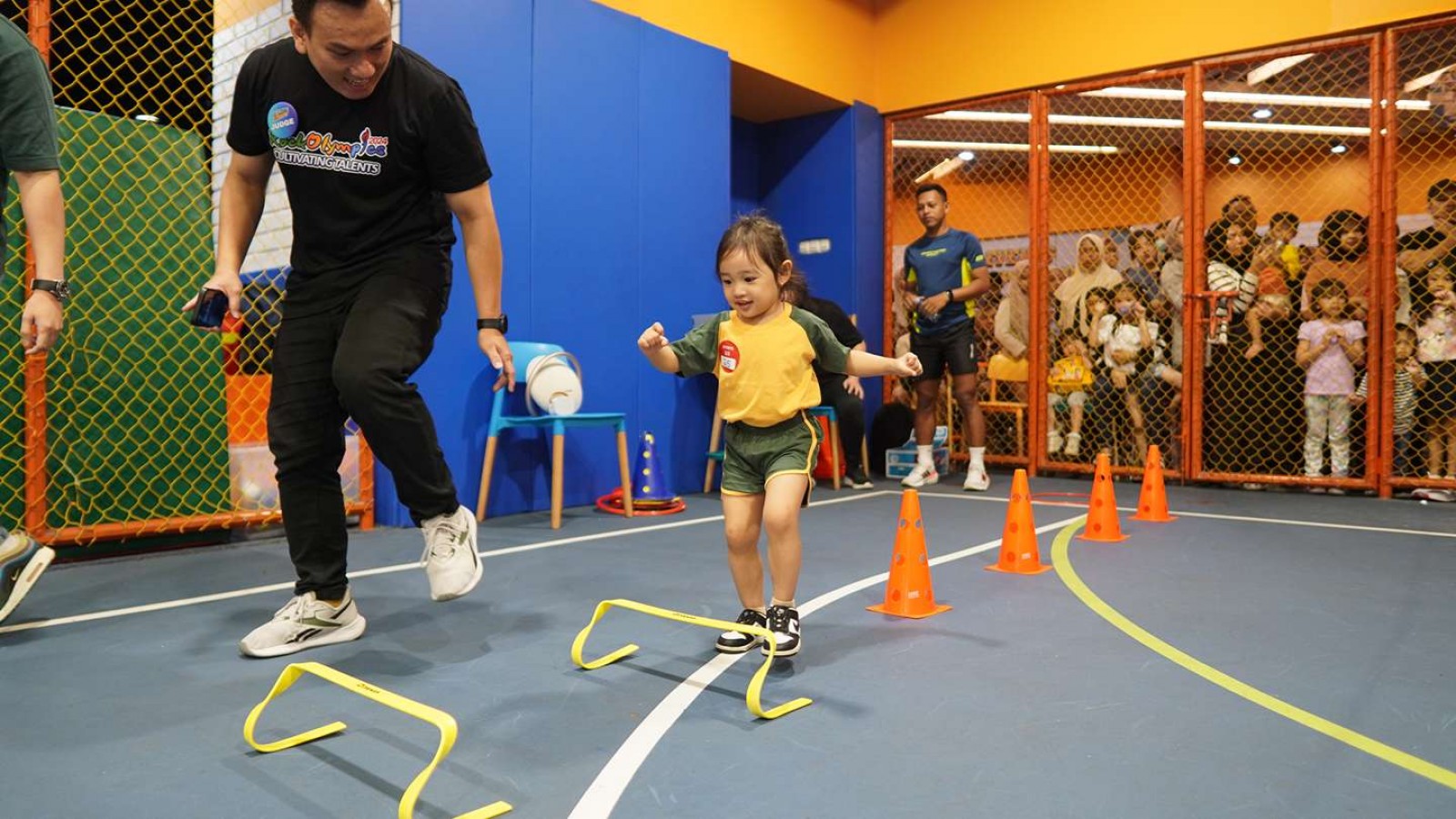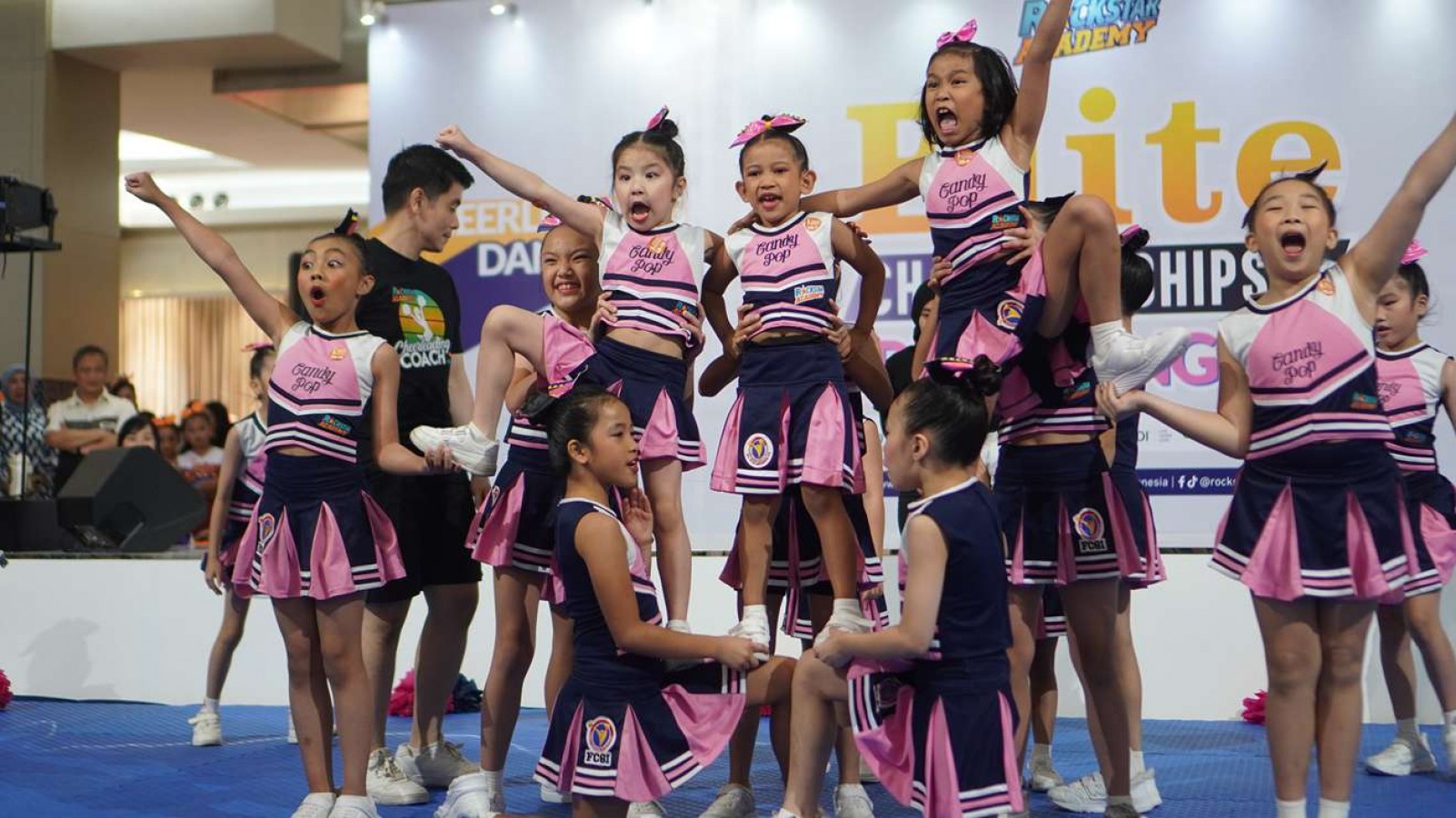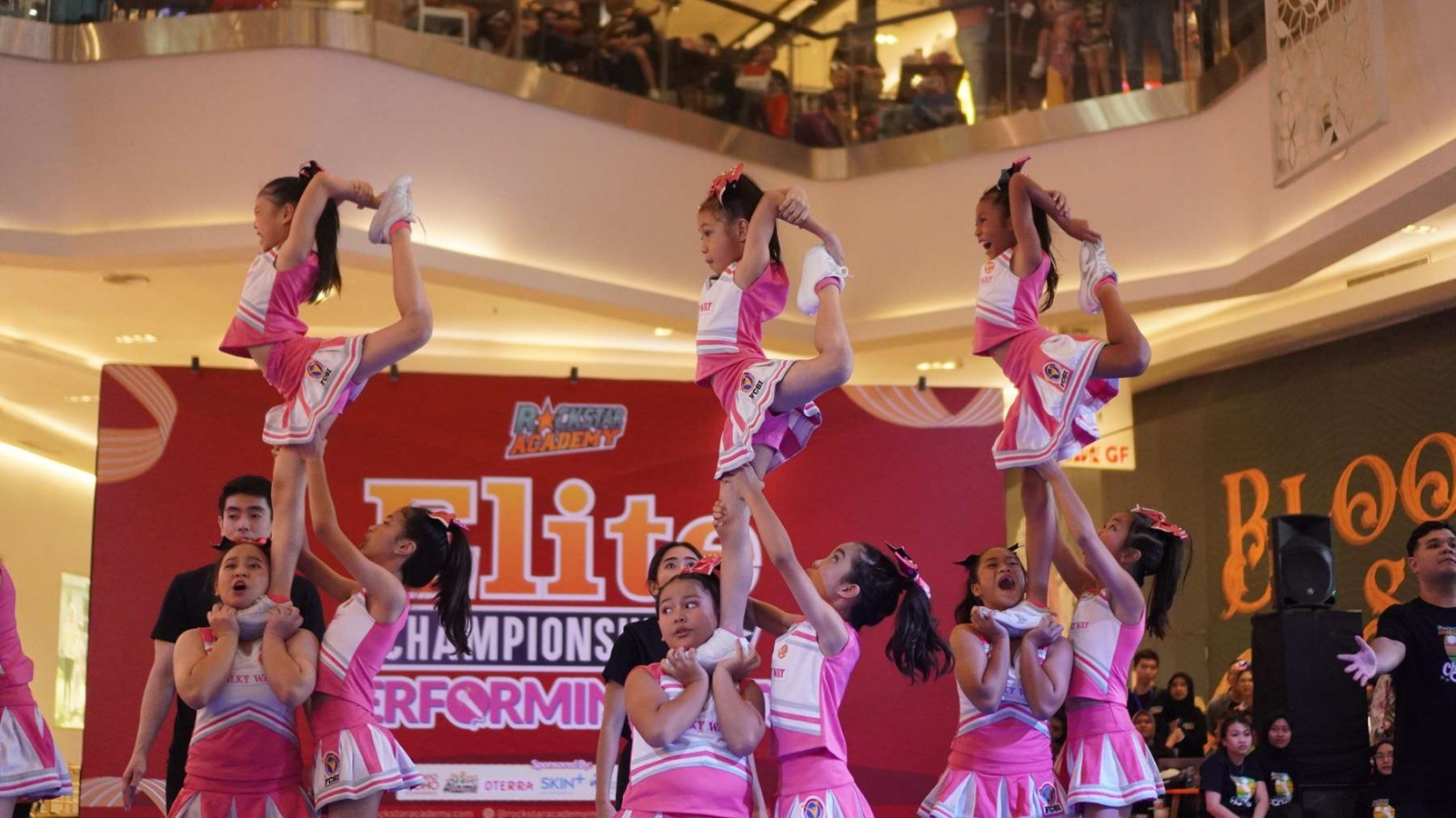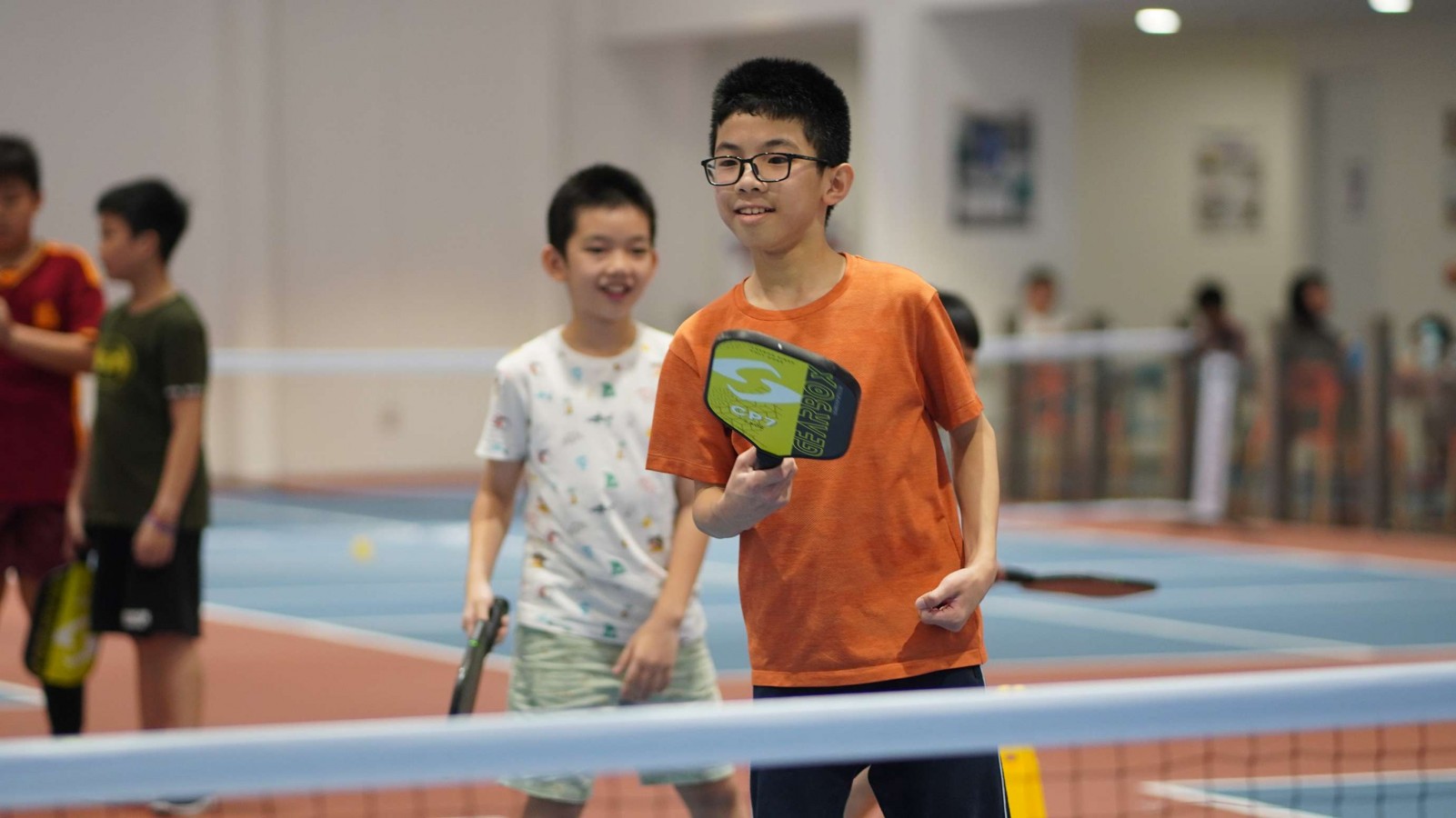Agility Exercises for Kids: Building Strong Foundations Motor Skills

Parents might be wondering what the best sport is for young children. The answer is agility! Developing agility early on helps kids build physical fitness and motor skills that are important for various sports and daily activities.
Agility training isn't as complicated as it sounds. In this article, we’ll dive into what are the best agility exercises for kids aged 2-5 years. Stay tuned, parents—your child’s journey to becoming more agile and active starts here!
What Is Agility?
Agility refers to the ability to move quickly, change direction, and maintain balance and control. It is a key component in many sports and physical activities that require rapid shifts in movement. Agility involves a combination of speed, strength, coordination, and balance, allowing individuals to respond swiftly to changing circumstances, whether on the field, in the playground, or during everyday tasks.
For young children, agility is a foundational skill that supports their overall motor development. As they learn to move with agility, they also improve their coordination, reaction time, and body awareness.
This not only prepares them for sports but also enhances their ability to perform daily activities with greater confidence and efficiency.
What Is Agility Composed Of?
This agility should be a concern for parents towards their children. Because Agility helps children's growth and development, especially in motor movements.
Agility is composed of several elements, each contributing to the overall ability to move with precision and control, such as:
1. Balance
The ability to maintain stability and control while in motion or when changing direction is essential for agility. Children develop balance by learning how to adjust their body position and weight distribution during movement.
2. Coordination
Agility relies on the seamless integration of various body movements. Coordination allows children to synchronize their arms, legs, and core as they navigate different movements and challenges.
3. Speed
Speed is the quickness of movement, and it plays a significant role in agility. For kids, speed is about moving swiftly while maintaining control, whether they are running, jumping, or dodging.
4. Strength
Agility requires strength, especially in the legs and core, to execute movements with power and efficiency. Strength supports quick changes in direction and helps maintain balance during movement.
5. Reaction Time
Reaction time is the ability to respond quickly to stimuli. It is an essential aspect of agility, as it allows children to adjust their movements based on their environment or the actions of others.
Motor Skills That Influence Agility
Agility is closely linked to the development of motor skills, which are divided into two categories: gross motor skills and fine motor skills. Both play a role in helping children move with agility and precision. Here’s the further explanation:
A. Gross Motor Skills
These involve large muscle groups and are essential for overall body movement. Gross motor skills include running, jumping, climbing, and throwing, all of which are fundamental to agility.
Children with well-developed gross motor skills can move confidently and efficiently, making it easier for them to participate in sports and physical activities.
B. Fine Motor Skills
These involve smaller muscle groups and are necessary for precise movements. Fine motor skills include hand-eye coordination, gripping, and manipulating objects.
While fine motor skills are more closely associated with tasks like writing and drawing, they also contribute to agility by improving coordination and control in activities that require precision.
Agility Exercises for Kids (2-5 Years)
For children aged 2 to 5 years, agility exercises should be fun, engaging, and age-appropriate. At this stage, kids are developing basic movement patterns and learning how to control their bodies in different ways. Here are some agility exercises that can help build their foundations:
1. Obstacle Courses
Setting up a simple obstacle course in your backyard or at the park can help children practice agility. Include activities like jumping over small hurdles, crawling through tunnels, and weaving between cones. Obstacle courses challenge kids to change direction, adjust their speed, and navigate different movements.
2. Animal Walks
Animal walks are a fun way to develop agility while engaging a child’s imagination. Have them imitate the movements of different animals, such as hopping like a frog, walking like a crab, or galloping like a horse. These playful exercises help improve balance, coordination, and strength.
3. Hopscotch
Hopscotch is a classic game that promotes agility by encouraging children to jump and balance on one foot. Draw a hopscotch grid with chalk, and have your child hop through the squares while maintaining control and balance. This simple game enhances both gross and fine motor skills.
4. Tag Games
Tag games like "freeze tag" or "sharks and minnows" encourage kids to run, dodge, and change direction quickly. These fast-paced games help improve reaction time, speed, and agility in a social and interactive setting.
Agility Exercise is Fun!
Practicing agility offers many benefits of physical education for children. If your kids enjoy fun activities, enrolling them in a multi-sports class is a fantastic idea.
Rockstar Academy, one of the best academies in Indonesia, offers a Sports & Performing Arts Academy program that includes multi-sports. This program is designed for children under 5 years old and covers basic skills in basketball, futsal, tennis, Rockfit, and martial arts.
Rockstar’s multi-sports classes are divided into two levels: Sports U3 (for ages 2-3) and Sports U5 (for ages 3-5). The goal of these classes is to spark your child’s interest, provide lots of fun, encourage exploration, and develop important life skills.
These multi-sports classes are a great way to boost your child’s agility and children will even get the opportunity to participate in RockOlympics. Plus, Rockstar Academy offers free trial classes, so you can check it out without any commitment. It's a great deal, isn't it!
FAQ
What is the best age for kids to start agility exercises?
Agility exercises can begin as early as age 2 when children start developing basic motor skills. Age-appropriate activities like obstacle courses, animal walks, and simple games can help build agility while keeping the experience fun and engaging.
How does agility benefit my child's development?
Agility improves coordination, balance, and reaction time, which are essential for sports and everyday activities. It also enhances overall physical fitness, builds confidence, and supports cognitive development by encouraging quick decision-making and problem-solving.



